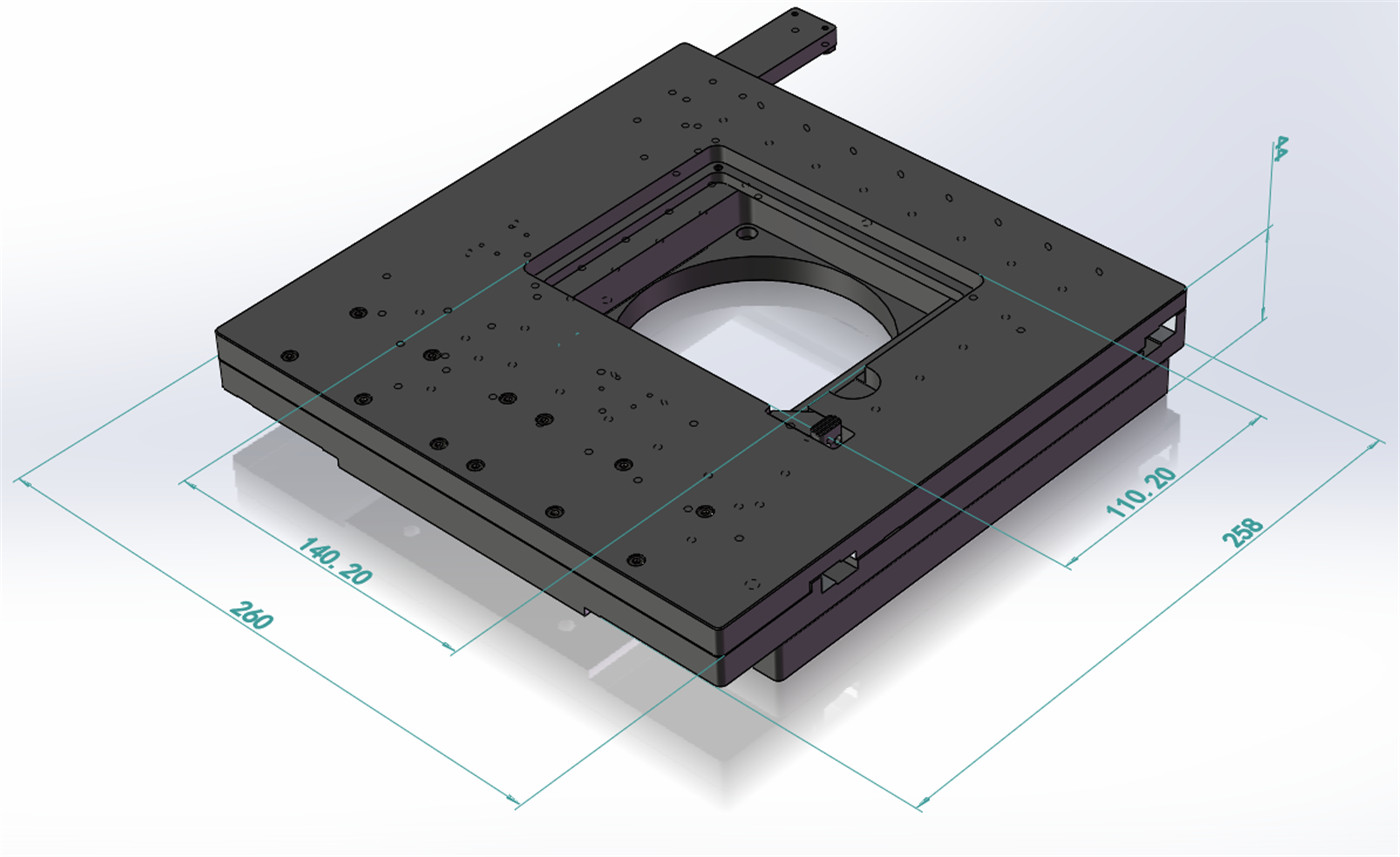Bearings are a staple of machine design. In fact, they are among the most commonly used machine components due to their essential function: to reduce friction and enable movement between specific parts.
A bearing, like the name suggests, bears or supports the load that one machine part puts on another, facilitating a desired motion—e.g., sliding, turning or rolling. The bearing can transmit force as a radial rotation, a linear motion, a spherical rotation or a hinge motion. Piezo Linear Motors

While most bearings are made of metal—typically steel, copper alloy or aluminum alloy—they can also be made of wood, glass, ceramic and plastic.
There are two primary types of bearings: a plain bearing and a rolling-element bearing.
A plain bearing is a simple design for high-load and low-speed applications. The bearing fits into a housing to support and stabilize a shaft, allowing it to move while reducing friction with lubrication.
READ MORE: Getting Your Bearings
There are three categories of plain bearings:
Rolling-element bearings are designed for high-speed applications and precise motion control. Core elements include something that rolls (rollers, balls, cones, spheres or needles); an inner and outer ring with precisely machined raceways; and a support, retainer or cage for keeping rolling elements evenly spaced within the rings. A load applied to the bearing is transmitted from the stationary outer ring to the rolling element to the inner ring that is free to rotate.
Rolling-element bearings are categorized as: ball bearings, roller bearings, tapered roller bearings, spherical roller bearings, needle roller bearings and thrust bearings.
Other, less common bearings would include jewel bearings, fluid bearings, magnetic bearings and flexure bearings.
Your choice of bearing comes down to a few key factors, including function, lifespan, reliability and cost versus performance.
Plain bearings are generally the least expensive type of bearing and are often lightweight, compact and impact resistant. Plain bearings are highly customizable and have a high load-bearing capacity.
While most are metal-made, plastic is an increasingly popular option for basic bearings with lower load and friction applications. Plastic bearings have some key advantages, including flexibility to better handle edge loads, lower weight and self-lubricating options. Extreme loads, temperatures and speeds are all limiting factors for plastic.
READ MORE: Plastic Bearings: The Pros and Cons
Roller-element bearings are an often larger, higher-cost option, but are needed for high-speed rotation applications. With the vast majority made of metal to withstand extreme conditions, their design dictates their function as follows:
READ MORE: A Gallery of Common Bearings
Lubrication—typically, oil or grease—is critical to the life of a bearing and is multipurpose, serving to protect against corrosion, seal against contaminants, create a barrier between elements and provide heat transference.
Oil lubrication (synthetic or petroleum) is ideal for heavy load and high—speed applications. The oil is applied by hydrostatic lubrication—pumped through a pressurization system or hydrodynamic lubrication—squeezed or wedged through the bearing by its rolling action. High loads or low speeds can break down hydrodynamic lubrication in what’s known as boundary lubrication, leading to metal-to-metal contact.
Grease, applied either by packing or plating, can offer better adhesion and retention than oil under more moderate speeds and lighter loads. The downside of grease is the manual labor required to replenish, as well as the cost of high-temperature grease.
While all bearings require some form of lubrication, plastic plain bearings can be designed as self-lubricating. These bearings are made with solid lubricants embedded within their material, providing a maintenance-free solution by eliminating the need for external lubrication.
Beyond lubrication maintenance, bearing mounting, temperature, exposure and cleanliness all directly impact a bearing’s service life.
According to the Bearing Specialist Association, based in Illinois, they offer the only bearing industry-specific program to certify an industry professional as a bearing specialist. The association identifies nearly 30 companies that employ certified bearing specialists, ranging from applications engineers and bearing technical support to service engineers and sales representatives.
Bearing manufacturers typically hold a range of global standards, from ISO 9001 to those specific to the aerospace, automobile or medical device industries, among others.

Micro Linear Actuator Maria Church is a storyteller and communicator based in Nova Scotia, Canada, with more than a decade of experience in journalism and trade magazine publishing. Her work covering, networking with and championing for a diverse range of industries and communities takes her from boardrooms to industrial camps to factory floors.